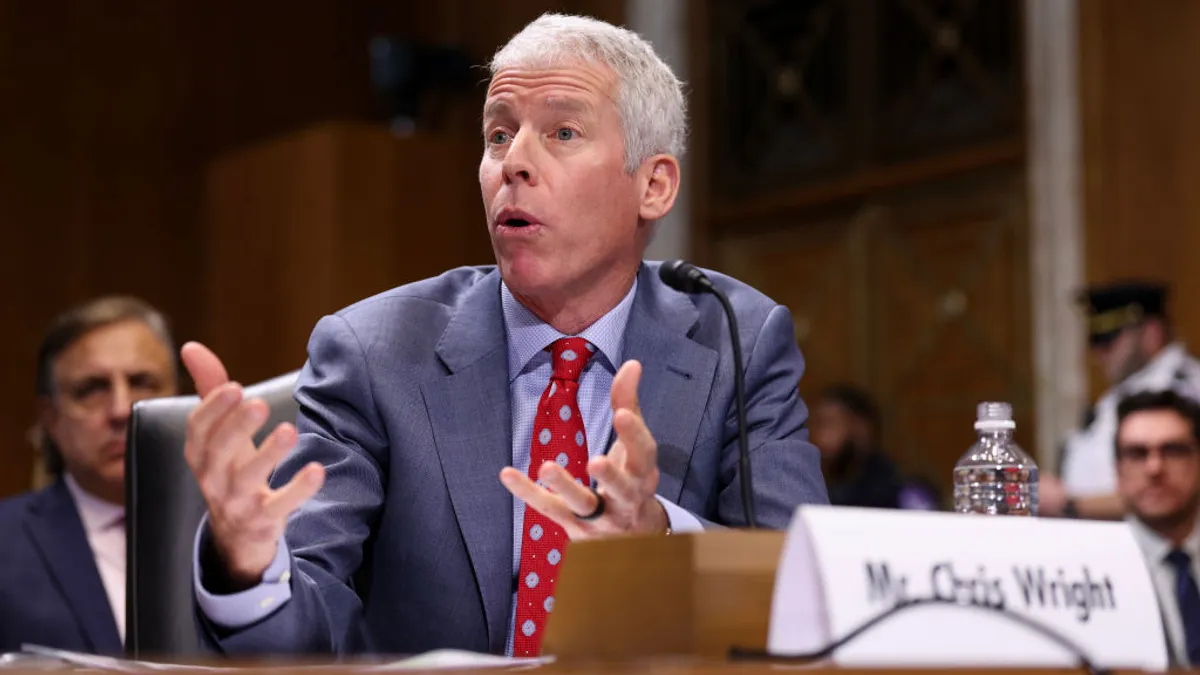Dive Brief:
- Small commercial buildings have significant energy savings potentials that are not being accessed because of funding difficulties, according to a report released last month by the National Institute of Building Sciences (NIBS).
- NIBS estimated the retrofit market for small commercial buildings at about $35.6 billion, with the potential to reduce greenhouse gas emissions by 87 million metric tons a year.
- Despite the potential for energy savings, these buildings find it difficult to secure capital for energy retrofits because of the investment parameters of institutional lenders and investors.
Dive Insight:
Energy retrofits in the small commercial market is a "largely untapped source for significant energy savings," NIBS said in its January report, but because of several factors these facilities often find securing capital for these improvements difficult.
"Small commercial buildings are less likely to be well leased, well located and occupied by strong credit tenants," the report finds. "As a result, these buildings typically fall outside the investment parameters of institutional lenders and investors, making it more difficult to supply capital for energy retrofits."
Nearly 94% of U.S. commercial properties are small buildings, defined as structures of 50,000 square feet and below. Almost nine of ten U.S. commercial properties measure 25,000 square feet or less, and represent 36% of commercial square footage.
NIBS said the the retrofit market for small commercial buildings is conservatively estimated at $35.6 billion, with the potential to create an estimated 424,000 job years of full-time employment and reduce greenhouse gas emissions by 87 million metric tons a year.
"Small building retrofits would also improve the resilience of the nation’s built environment and would take pressure off the aging electric grid," the report said.








